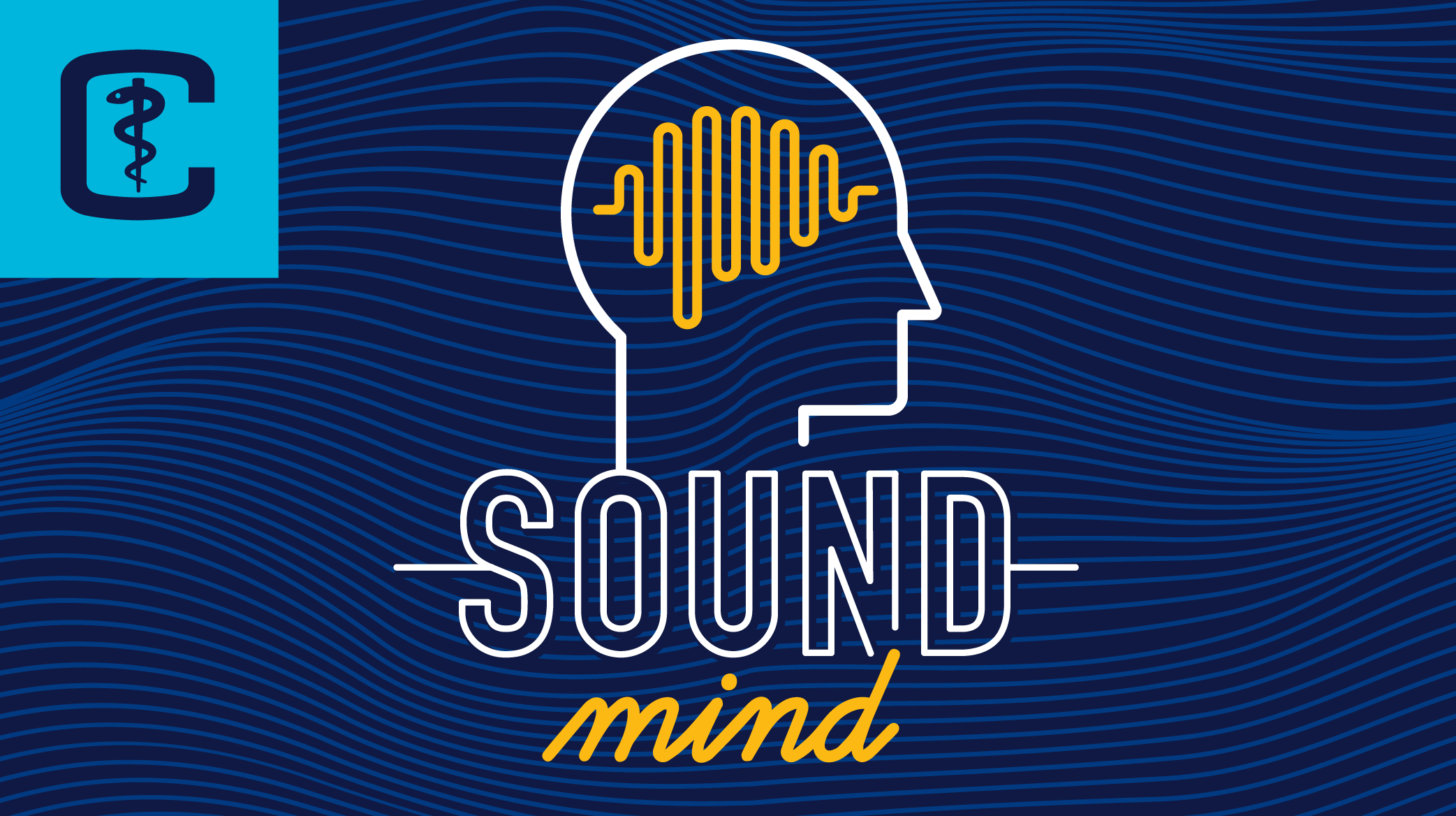Recent literature has highlighted the alarming prevalence of burnout, depression and illness during residency training, all of which are linked to suboptimal patient care. This article examines the need for a dedicated resident wellness curriculum.
Topics

“We aren’t actually part of normal society, not anymore. Medicine does something to us. It teaches us another language, one only other doctors can understand. Eventually it scripts our emotions, neutralizing them whenever they threaten to overwhelm our senses.” – Dr. Jillian Horton
Topics
Simon shares the thoughts and emotions he experienced after a medical error and the impact of not being able to debrief with the clinical team afterwards. He experienced feelings of distress, had trouble sleeping, became irritable and had feelings of doubt following the patient safety incident. His advice to others who may experience a medical error is to be open to speaking about what occurred.
Topics
The Second Victim Support initiative provides information and resources for health care professionals who have experienced a patient safety incident. The resources include a process for recovering after an adverse patient event, the red flags for when to seek medical advice, legal duties and responsibilities, and emotional support aids.
Topics
The impacts of medical errors can reach beyond the patient and their family. The second victims include health care professionals who are affected by the errors both personally and professionally. This article highlights the second victims in health care and the institutional responses needed for patients, their families and health care professionals after a medical error has occurred.
Topics
Executives at Boston’s Massachusetts General Hospital share the successful strategies they used to fight burnout among the emergency department team during the pandemic. The authors suggest that their strategies can offer inspiration to other organizations aiming to address burnout. Their six strategies to address burnout are ensuring that team members’ work is rewarding, providing autonomy, prioritizing fairness and transparency, ensuring reasonable workloads, fostering a sense of community and demonstrating consistent values.
Topics
The Indigenous Ally Toolkit from the Montreal Urban Aboriginal Community Strategy Network provides an overview of allyship and three steps to becoming an ally: be critical of any motivations, start learning and act accordingly. The resource also highlights the dos and don’ts of being an ally and defines allyship terms including ally, accomplice and co-resistor.
Topics
According to the First Nations Health Authority (FNHA) article, approximately 42% of Aboriginal people in Canada had experienced racism in the past two years. We can do better, and we can do it together. The FNHA aims to improve health services for First Nations and Aboriginal peoples through creating a culture of change. Their “vision for something better” includes cultural safety, relationship-based care, health literacy and access to quality health care.
Topics
Equity and diversity in medicine Physical, psychological and cultural safety
The Black Physicians of Canada’s guide For Allies provides concrete examples of how you can help black physicians, learners, patients, colleagues, peers and trainees as an ally, through standing up when injustices occur, initiating dialogue and educating yourself. The resource provides further examples specifically for program directors of black residents and fellows on how to be an ally.
Topics
This article from the New England Journal of Medicine outlines a blueprint for organizations looking to promote the well-being of health care professionals. The blueprint has four fundamental components: foundational programs, cultural transformation, rapid iterative experimentation and sustainability.
Note: there is a fee to access this article.
Topics
Organizational wellness Training Leadership and professional development
Imposter syndrome has been associated with burnout among residents. To address the issue of imposter syndrome, Baumann et al. assessed the impacts of small-group facilitator-guided interactive discussion sessions among residents. The 30- to 45-minute sessions were seen as an effective method to promote resiliency and wellness among residents. The appendices of the article contain helpful resources for those interested in emulating the small-group discussion sessions on imposter syndrome, including a facilitator guide, handout and survey.
Topics
Workplace Suicide Prevention offers resources for preventing suicide and making suicide prevention a priority in your workplace. The topics include guidance on how to respond in the aftermath of a suicide, stratified training curricula, basic mental health literacy and model programs.
